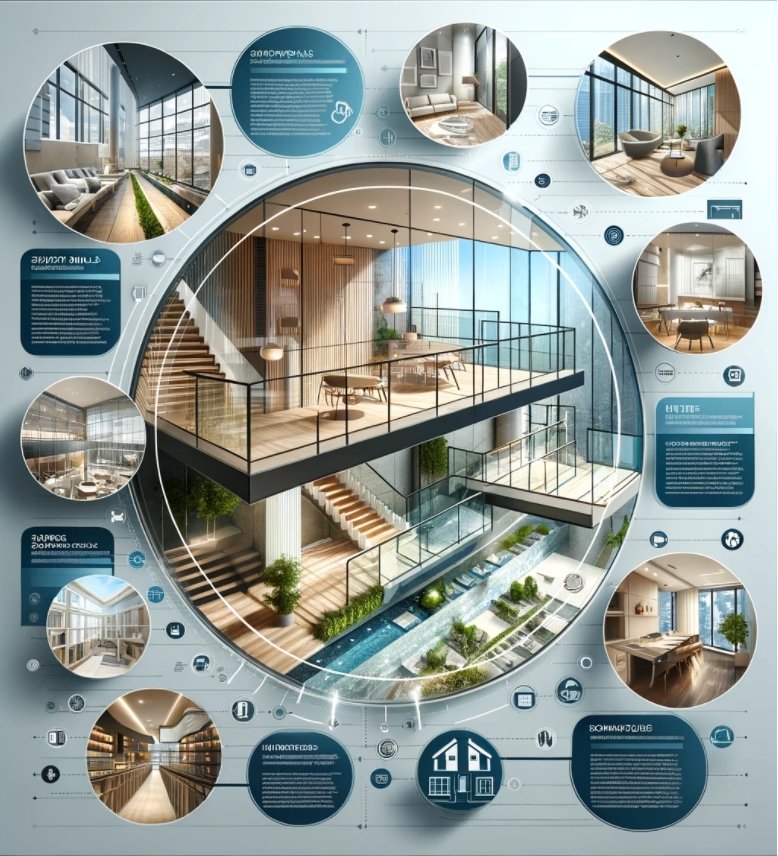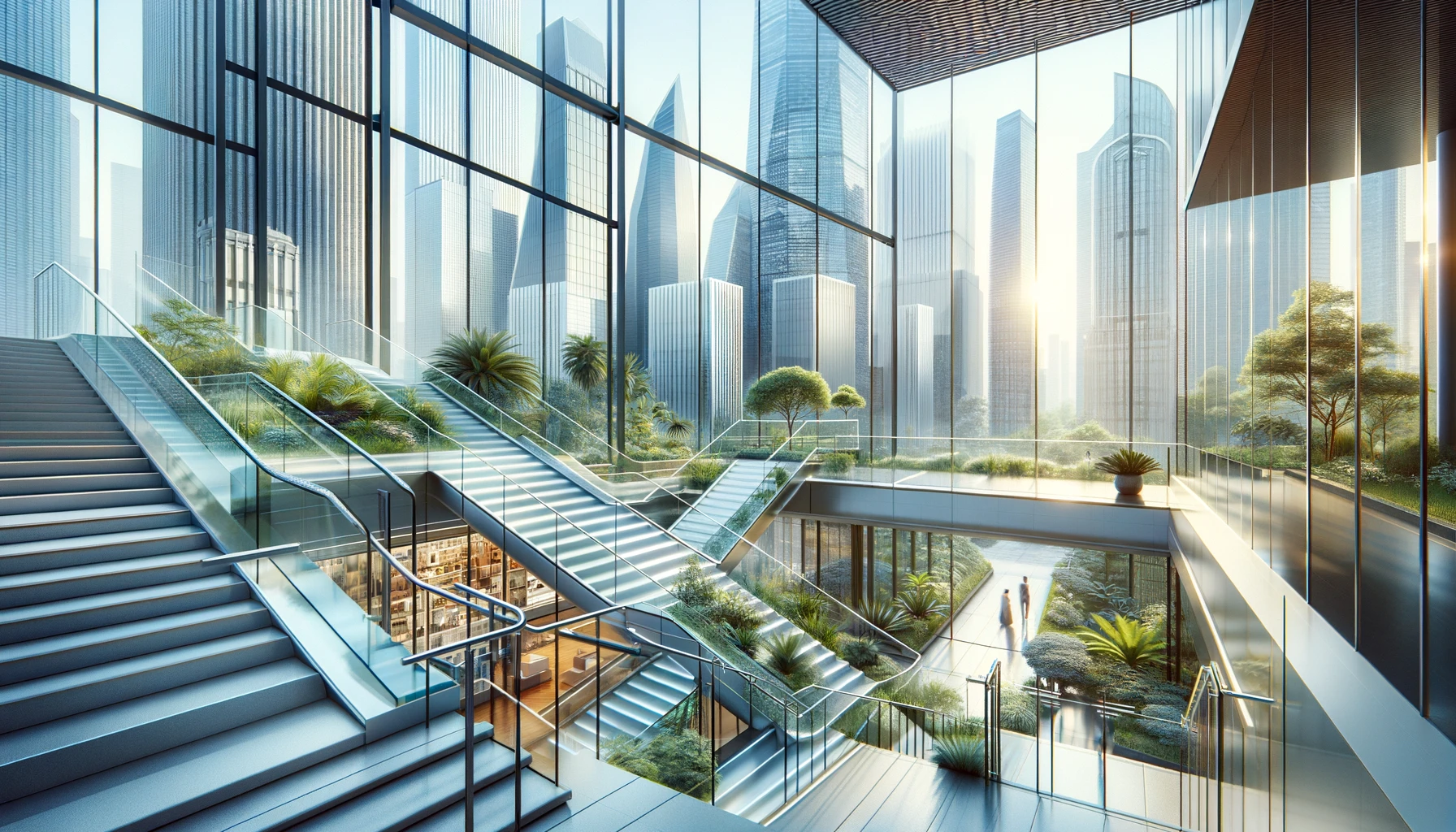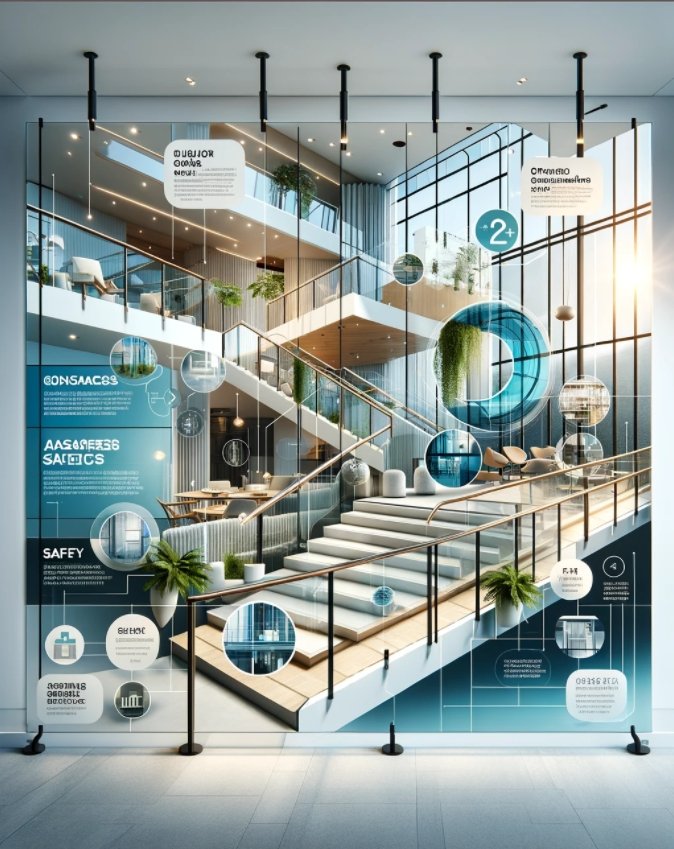In today’s society, as people become more environmentally conscious, the construction industry is continually seeking green, sustainable materials and technologies. Especially in the construction of public facilities and infrastructure, the use of eco-friendly materials has become an important consideration. Guardrails, a common safety feature in urban roads, bridges, parks, and residential areas, have also evolved in terms of material selection and design philosophy. This article will discuss the application of eco-friendly materials in guardrail design and the environmental and social benefits they bring.
Definition and Characteristics of Eco-Friendly Materials
Eco-friendly materials are those that have the least environmental impact during their production, use, and disposal. These materials typically have the following characteristics: recyclable or biodegradable, high energy use efficiency, sourced from sustainable resources, and produce minimal waste. In the selection of guardrail materials, eco-friendly options not only reduce the environmental burden but also often offer good durability and low maintenance, reducing long-term maintenance costs.
Examples of Eco-Friendly Materials in Guardrail Applications
- Recycled Plastics and Composite Materials: Recycled plastic bags and bottles can be processed into composite materials used in guardrail production. These composites are not only strong and corrosion-resistant but also reduce plastic waste pollution.
- Bamboo and Wood: As a fast-growing plant, bamboo is a sustainable building material. Properly treated bamboo can serve as a guardrail material, providing a natural and environmentally friendly option. Similarly, wood from sustainable forestry practices is also an excellent eco-friendly guardrail material.
- Recycled Steel and Aluminum: Metal guardrails are commonly used on bridges and highways. Using recycled steel and aluminum can significantly reduce energy consumption and carbon emissions. Recycled metals perform comparably to new metals but have a much-reduced environmental impact.
Environmental and Social Benefits
Guardrails made from eco-friendly materials help reduce resource consumption and waste generation, promoting the development of a circular economy. Moreover, these guardrails are equally aesthetically pleasing and functional, enhancing the overall image of cities and increasing public awareness of environmental issues.
Conclusion
With the advancement of technology and the rise in environmental awareness, eco-friendly materials have become an indispensable element in guardrail design. By using recycled plastics, bamboo, and recycled metals, we can protect the environment while creating guardrails that are both beautiful and functional.





